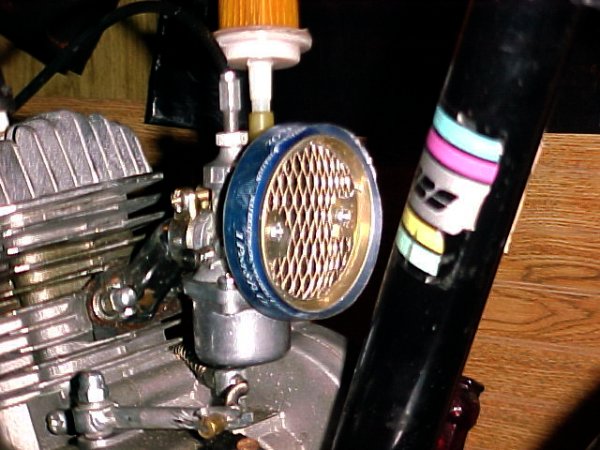G
gone_fishin
Guest
flow, ports, expansion chambers, boost bottles, reed valves...aaarrrRRGGGH! driving my little gearhead mind nuts 
after a lot of reading on what you super-freaks have had to say, i've finally developed my question...i don't think it's stoopid, but hey, i'm stoopid, so how would i know?
most of the engine noise i hear seems to be coming from the intake, so i started wondering...
is it theoretically possible that our intake needs a bit of restriction (stock instead of free-flow) to help keep that "pulse" in the cylinder where it belongs?
after a lot of reading on what you super-freaks have had to say, i've finally developed my question...i don't think it's stoopid, but hey, i'm stoopid, so how would i know?
most of the engine noise i hear seems to be coming from the intake, so i started wondering...
is it theoretically possible that our intake needs a bit of restriction (stock instead of free-flow) to help keep that "pulse" in the cylinder where it belongs?


